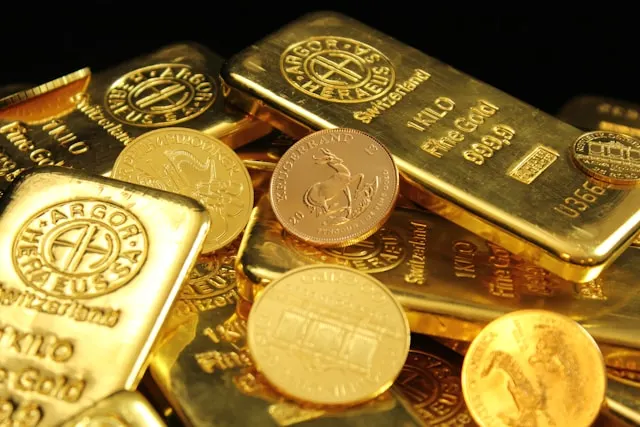Gold Prices 1930s to 1971.
On the evening of August 15, 1971, millions of Americans tuned in to their television sets to hear President Richard Nixon speak. In a calm but firm voice, he announced that the United States would no longer allow foreign governments to exchange dollars for gold. It sounded like a technical decision, but in reality, Nixon was breaking the last link between paper money and the yellow metal that had underpinned the global financial system for centuries.
The world had just witnessed the end of the gold standard.
The 1930s: Gold Locked in Place
To understand how shocking Nixon’s announcement was, we need to rewind four decades. In the 1930s, gold was not just a store of value—it was the foundation of money itself. The U.S. dollar was tied to gold at $20.67 per ounce, and Americans trusted their paper bills because they could be exchanged for hard metal.
But when the Great Depression struck, panic spread. Banks collapsed, and citizens hoarded gold coins, draining them from circulation. To stop the bleeding, President Franklin D. Roosevelt took a dramatic step in 1933: he ordered Americans to surrender their gold to the government, making private ownership of bullion illegal.
Soon after, the Gold Reserve Act of 1934 revalued gold to $35 per ounce. Overnight, the dollar was devalued, giving the government new room to expand the money supply. Gold had been locked away in vaults, no longer a part of everyday life, but still the fixed anchor of the U.S. financial system.
Bretton Woods: Gold as the World’s Anchor
After World War II, leaders gathered in Bretton Woods, New Hampshire, to design a stable international order. Their solution placed the U.S. dollar at the center, promising that it would remain convertible into gold at $35/oz. Other countries pegged their currencies to the dollar, creating a global system built on American strength and the promise of gold.
For a generation, it worked. Trade flourished, growth was steady, and the dollar reigned supreme. But the system carried a flaw: it relied on the United States always having enough gold to back its promises.
The Cracks of the 1960s
By the 1960s, America’s commitments stretched thin. The Vietnam War and costly domestic programs flooded the world with U.S. dollars. Foreign governments holding these dollars began to doubt Washington’s ability to honor the $35 conversion rate. Some, like France under Charles de Gaulle, openly demanded gold shipments in exchange for their paper claims.
Gold reserves drained, and confidence wavered. The fixed system built in the 1930s and reinforced at Bretton Woods was nearing collapse.
Nixon’s 1971 Shock
That summer evening in 1971, Nixon pulled the plug. By “temporarily” suspending gold convertibility, he effectively ended the Bretton Woods system. The dollar became a fiat currency, backed not by gold but by trust in the U.S. government.
The impact was immediate: gold, once frozen at $35, began to surge in free markets. By the end of the decade, amid inflation and turmoil, it climbed above $800 per ounce—a twentyfold leap from Roosevelt’s peg.
From Fixed to Free
The story of gold in the 20th century is one of control and release. In the 1930s, Roosevelt fixed gold to rescue a collapsing economy. In 1971, Nixon shattered the system to preserve U.S. power in a changing world.
Could History Repeat Itself?
Today, gold prices hover near record highs, reflecting investor fears about inflation, debt, and global uncertainty. Once again, the U.S. economy faces questions of sustainability: massive deficits, high spending, and a world less willing to take the dollar’s dominance for granted.
Unlike in 1933 or 1971, the dollar is no longer tied to gold, so a formal “gold crisis” cannot occur in the same way. But the symbolism remains powerful. Rising gold prices often signal declining confidence in paper money. Just as in Roosevelt’s and Nixon’s time, the metal still whispers the same warning: when faith in the dollar wavers, gold shines brighter.
